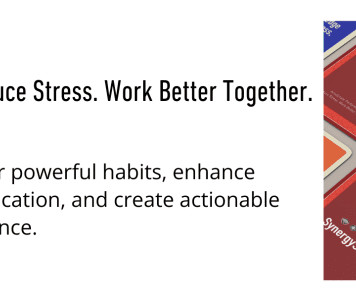Leading with Kindness: Creating a Positive Culture in the Workplace
Let's Grow Leaders
JULY 19, 2024
Their model ensures that authors retain rights and royalties, fostering a positive culture where authors feel valued and supported. (11:08 11:08 – 13:38) Nick highlights the importance of kindness in their company culture. They hire individuals who are encouraging, patient, and have a good sense of humor.





















Let's personalize your content